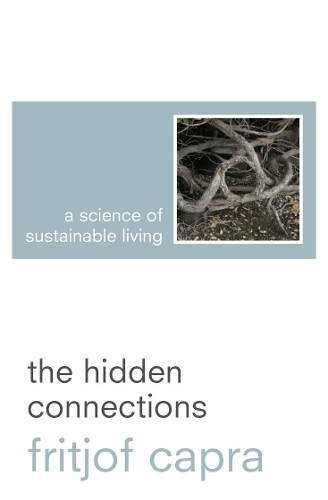
The Hidden Connections: A Science for Sustainable Living
(Paperback)
Publishing Details
The Hidden Connections: A Science for Sustainable Living
By (Author) Fritjof Capra
HarperCollins Publishers
Flamingo
19th May 2003
United Kingdom
Classifications
General
Non Fiction
Globalization
501
Physical Properties
Paperback
320
Width 129mm, Height 198mm, Spine 16mm
205g
Description
Contemporary scientific discoveries indicate that all of life - from the most primitive cells, up to human societies, corporations and nation-states, even the global economy - is organized along the same basic patterns and principles: those of the network. However, the new global economy differs in important aspects from the networks of life: whereas everything in a living network has a function, globalism ignores all that cannot give it an immediate profit, creating great armies of the excluded. The global financial network also relies on advanced information technologies - it is shaped by machines, and the resulting economic, social and cultural environment is not life-enhancing but life-degrading, in both a social and an ecological sense. This text demonstrates how tightly humans are connected with the fabric of life and makes it clear that it is imperative to organize the world according to a different set of values and beliefs, not only for the well-being of human organizations, but for the survival and sustainability of humanity as a whole.
Author Bio
Fritjof Capra received his PhD from the University of Vienna and has conducted research in high-energy physics at several European and American universities. In addition to publishing many technical research papers, Dr Capra has written and lectured extensively about the philosophical implications of modern science. Dr Capra is the author of five international bestsellers, The Tao of Physics (1975), The Turning Point (1982), Uncommon Wisdom (1988), The Web of Life (1996), and The Hidden Connections (2002). He co-authored Green Politics (1984), Belonging to the Universe (1991), and EcoManagement (1993), and co-edited Steering Business Toward Sustainability (1995). His most recent book, The Science of Leonardo, will be published in October, 2007.
